Based in Vienna, Austria, the Synchron Stage (Synchronhalle) was built in the early 1940s as part of a movie production complex. Amongst other films, it was used to record orchestras and do post-production for German wartime propaganda. After the war and a cold war battle for Vienna, the city was divided into four different zones.
Synchron was in the Soviet Zone, and, although there were a number of famous recordings done these during the '50s, the stage fell into disuse in the 1960s until 2013, when Herb Tucmandl made a significant investment of money, time, and energy to rebuild it.
Today Synchron Stage Vienna is an incredible combination of historic design and cutting-edge audio technology and attracts the top film composers for recording their scores. Along with SSL Duality Delta consoles there is a high-capacity, redundant Dante network connecting every room, so that every audio channel is available anywhere in the facility. There are 35 SSL Network I/O MADI-Bridge units and 22 Alpha-Link MX audio converters deployed in the system.
Then there is Synchron's amazing instrument collection, which includes a collection of historic pianos, a huge array of percussion instruments, and a Lenkwil cinema organ that is so unique that it helps make the Synchron Stage a protected Viennese landmark. All of this is represented in the many sample libraries that are produced by the parent company Vienna Symphonic Library (VSL). Check their latest release Synchron Brass.
We were lucky enough to receive a pre-pandemic tour of the Synchron Stage tour guided by Alexander Machat of the VSL team. We share part of that experience now.
What was Herb Tucmandl's inspiration to rebuild the Synchronhalle, and why was it built in this particular part of Vienna?
They had places for shooting movies nearby, so it was a logical step to build a recording studio here. During World War Two, the Germans would film their propaganda movies in Germany and then fly to Vienna because the best musicians to record the orchestra were here. There are still a number of film studios nearby, so it's quite convenient.
How did Herb Tucmandl get into recording engineering, and what was his inspiration to rebuild the studio?
We have to take a step back to the beginnings of the VSL, the Library. At the end of the '90s Herb was working as a cellist with a symphony orchestra. He was also writing music for films and he was unhappy with the tools he had. There were basic sample symphonic instrument libraries available, but they didn't sound like a real orchestra. He wanted to get rid of that machine gun effect where every note sounded the same and thought he could make the sound more realistic by recording legato lines consisting of more than one note. VSL was the first sample library that used this kind of natural legato. He did his first test recordings on his own with his cello, then found an investor and started the company.
In the beginning they recorded the samples at one of the largest studios in Vienna, and during the sessions, they recognized that it wasn't quiet enough to record pianissimo samples of a violin, so they built the so-called "Silent Stage", south of Vienna. After ten or fifteen years of recording sampling libraries on that stage, VSL was thinking about the next step.
As they were thinking of building their studio from scratch, Herb discovered the Synchron venue, which was owned by the Austrian Broadcasting Corporation (ORF) and landmarked because it's the only place in the world with a cinema organ and built-in scoring stage. Landmark-protected means that you can't change too many things, so ORF was searching for a company who would use this building for what it was originally intended for. They were very happy when VSL took it over.
Very serendipitous. Are there any critical acoustic changes since it has been rebuilt?
When the Vienna Symphonic Library acquired this building in 2013, they refurbished the entire building, but not so much the main hall "Stage A". All of the acoustic elements and large screens were put in their original positions, and the only thing that was made new was the wooden floor. The original was concrete so they rebuilt it with thick wood that also acts as a resonating body for deeper, lower instruments.
So, acoustically, this room is exactly the same as the original studio except for the floor.
Yes, everything here. The stage, walls, the large window between the stage and the modernized control room, the lamps, everything is refurbished to be the same, in many cases by hand. The architect Herb used had to remember a lot of differences from outside. The building was isolated from the air, for example from planes. It has an outside layer which is only connected to the walls outside in a few places, and then we have the hall inside. There's no connection between the second inner wall and the stage. We have our scoring stage with the inside walls and acoustic elements, and around this we have a second wall with no connection, and then we have a third layer around these rooms.
The main hall Stage A is almost original (all the wooden panels on the walls are original). We just built Control Room 1 (the large one) into the previous Foley stage, but left everything in there intact (the water pit, sand pit, etc.). We built a second room into the Foley room. All this was closely watched and approved by the historic monuments protection authority.
The architect also had to think about the acoustics inside, because we're talking about the '40s. Movies with sound were an innovation, so they had to record with one person, two microphones. The inner acoustic had to be designed that way so they have a balanced sound from the orchestra. So, when you place an orchestra inside, it's a finished sound.
When the studio was first built, they would synchronize the dialog and the sound effects, music and picture all at once?
Yes. They did it all at once, so the room had to be totally balanced between bass and the highest pitched instruments. It's all separate nowadays. Every orchestrator or recording engineer or composer has his own wishes of how to record.
The studio has a historical Lenkwil cinema organ. Tell us about it.
This is the original cinema organ from when the studio was first built and one of the primary reasons the site is a landmark. It's essentially a classical pipe organ. It would be used for playing little melodies, but could also do sound effects, like the horn of boats or thunder. Another use might be to add some lower frequencies than a normal acoustic bass can play, and you can also use these sound elements along with the orchestra.
There's a cable here with a mechanical linkage between the keys and the pipes, an electrical system of valves that opened the airflow to the pipes. When the Synchron Stage was in the Soviet zone after the war, they cut this cable, so we had to rebuild the cable again. It was not easy to do.
I'm guessing there's no MIDI?
No, we were searching for it, but we couldn't find the MIDI connectors. But the funny thing is that you can make presets where you can push and pull your different sounds and you can mix it.
Is this lighting technology typical in film scoring studios?
We can move a light spot for live performances. This is our technique to make sure we can recall our setups again, because we may have a complex recording setup for a composer who may come back three months later and say, I want to record the same exact setup again. We mark the positions with light, so they can remember exactly where the stands were placed on the stage. We can recall every setup they have recorded.
You must have an amazing microphone collection.
We have only modern mics in here. In most sessions we use Neumann M-150 for the Decca Tree and Sennheiser MKH800 for the Auro 3D setup. We provide a wide range of different brands for everyone's taste. A list of our microphones can be found here.
Of course vintage gear has its own character, so if a composer or producer wants to record with specific vintage piece of equipment, we can get it, but normally there is such a high pressure environment during recordings that everything must work perfectly, and you need equipment that is noiseless and totally reliable.
We used AEA R44C ribbon microphones, which are best for mid and close positions, for the Synchron Brass recordings.
This building is designed so the fresh air will get pushed in from the top, and so you can decide how fast you want to push in the air. If you push it slowly you have no ambient noise at the microphones. If you do additional recordings or if you record stems, they have different layers so you have no problems with additional noise with every take. The acoustics are such that you can be almost anywhere in the room and have a similar level at the mic placement.
In the early days, the conductor was placed so he could be looking at a screen where the movies were projected. Now we are working with an LED screen inside, so the composer and the producers can decide in which direction they want the orchestra to play. Normally, large Hollywood productions, they prefer a wider stereo image. Some composers prefer the setup of the earlier days, where you have the orchestra sitting in the other direction.
Who generally makes the final decision?
Normally the production company sends a list with the microphone setup and the composer can add or change something. Some composers prefer to have partitions to divide the sections—the woodwinds for example from the brass—so you have more isolated sounds in those microphones.
I imagine there are some fine musicians in Vienna to perform in the studio orchestra.
Yes. On the one hand you need the right room for your recordings, and on the other hand, you need the right orchestra. It's totally different than playing as an orchestra at the symphony or opera. Symphonic musicians know the repertoire, and there is time for rehearsals, but in here, you have headphones and you have an audio click. Probably you'll get the score a few minutes before the recording starts, so they must be able to read and interpret the scores perfectly. The first take has to be really, really good, and the second take is normally the final. So, we have one or two recordings for each.
It's a different kind of pressure for sure. Tell us about the control rooms.
Both studios have the same gear, so we can switch between them and open the same Pro Tools session, so it matches the speaker systems. One is for smaller productions, or if we have two productions at the same time, you can overdub for example and you have another smaller booth in here. The acoustic design of the control room was done by the Walters-Storyk Design Group, and it's planned that way that you only have the direct signal when you're sitting in the sweet spot, you hear the sound without any reflection directly. Then, of course, you have reflections later on, but in the first moment at the sweet spot you have only direct signals without reflections.
Normally, there will be eight or ten people working on a project. The recording engineer and the Pro Tools editor. Normally, there will be another guy who is doing the script, and then you have composer, orchestrator, and director. We have the SSL and Neve preamps because on classical scoring stages, they have Neve mixing desks, so a lot of technicians are familiar with them. So the client can choose Neve or SSL or any other preamp. We can also make remote sessions easily from a Los Angeles or London location for example, so people can hear the live recording, so they can talk directly back to the conductor on Stage A for example. We synchronize their Pro Tools system with ours and they can give feedback. They can say, "We need this a little bit slower or a little more piano," for example, because it supports the scene better.
So, while the music is being recorded here Hans Zimmer could be in LA, with the music somewhat synchronized to the video that he's watching.
Sometimes you also get the movie to Vienna, so we have the synchronization between the orchestra and the movie here and the orchestra and conductor can see the movie on the LED wall, but other times it's a really secret project and only the composer sees the pictures to the live recordings. Sometimes we don't know the real name of the production. It's a fake name, and months later you notice, ah, here's my scene.
What is the primary reason that someone would choose to work here at Synchron?
I would say you have unique acoustics with the quality of Viennese musicians. It's really a great combination. And, of course, there are some regulations we don't have. Some studios have limitations where you can only record 25 minutes of finished music per session, for example. Here in Vienna, you can record the amount of music that you'd like to record, and if you're recording a three-hour session and you have 2.5 hours of music you'd like to use, you can use it.
And you're really flexible because we have all the instruments in house. You can choose between three different concert grands. You have a large percussion setup that you can choose from. And of course you have the know-how of the technicians who record the whole Vienna Symphonic Library, and you have all of this knowledge. And, the storage area is the same climate as the stage, so you can bring instruments in and immediately record them.
What are the hardest instruments to sample? I'm guessing a high-frequency instrument like the piccolo, because it's shrill and listening to it for long periods of time could be hard. But, the piano has so much range of sound.
Range and long notes as well. It needs two minutes for some notes on the piano to fully decay, and they have a lot of different velocities.
Do players ever use the sampled piano while they're here in the studio?
Sometimes when they're recording with the orchestra, they use a sampled piano, because they have their own sample and they're used to it. Most of the time, it's a mixture of real recordings and samples for us.
Are there any special techniques you use when recording your pianos here that are unique to the VSL library?
We have three concert grands in the studio and two smaller ones — the Bösendorfer Upright and the historic Blüthner from 1895. All of our pianos are already sampled and available for our VSL customers. Our concert grands, the Steinway & Sons D-274, the Bösendorfer Imperial and the Yamaha CFX, were recorded in our main hall with its size of 5,813 sq. ft. while the two others were sampled in Stage B to provide a different sound. Close microphones, mid-layer microphones, the main microphone system and additional surround systems offers a wide variety of signals, therefore you can create your own sound design in the Synchron Player. So the same instrument can shine in different sounds.
And we're using a robot finger that our software developers created to record our piano samples. It plays each key being triggered by computer, so you get exactly the same velocity over the entire keyboard. And it also controls our own software, so we know key travel, we know the velocity, we know everything. It took years to build and perfect.
If you like a more intimate sound you use only the close microphones. If you want a huge or a more faraway sound in the context of a movie scene, then you can dial in another microphone setup in your mixer, so you have a Steinway in a large variety of environments. Including the sound of the hall, including the microphone setup, and all built in the Synchron Player where you easily can switch and blend between all of these different signals.
Obviously you have a lot of the VSL sample libraries on hand. How many of those recordings here at Synchron Stage take place in both MIDI and an orchestra.
We do lots of hybrid productions. They mostly start the sketch with samples and then, if it is a larger production, they record the orchestra live, but may also keep layers from strings or brass sections in it and mix it. And this is part of the VSL series concept. There are no barriers between samples and live recordings, because for example you can add violins from the VSL libraries with the same sound and same acoustic design.
How were ensemble sampling sessions done during the Pandemic?
Symphonic music is so important in Vienna. How have musicians been able to get by in the last year? Have there been any government-sponsored programs?
This was very hard for musicians. You're right, Vienna is one of the cities with many classical concerts, orchestras, and ensembles. There have been subsidies for musicians and venues by the government, but they haven't been sufficient for a lot of people.

Find KVR Test Ignore Product, Vienna Ensemble PRO and Vienna MIR PRO 3D (24) in the KVR Marketplace

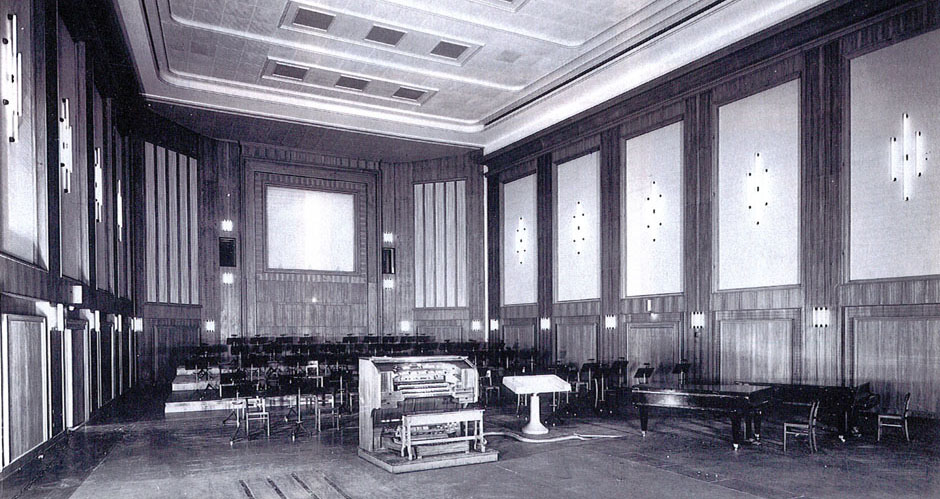

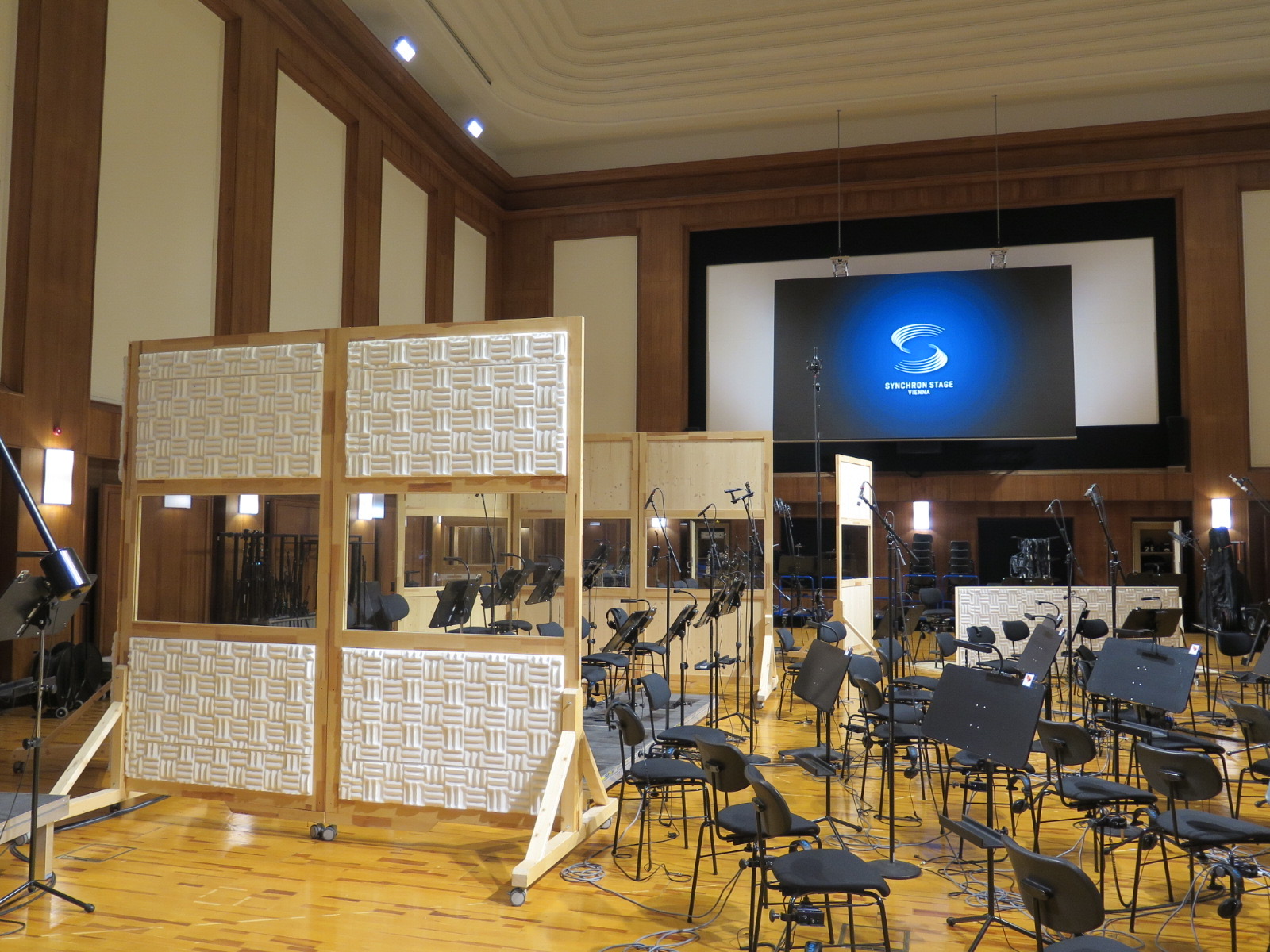


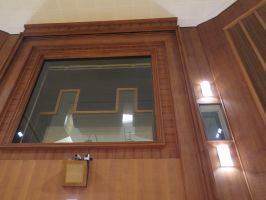
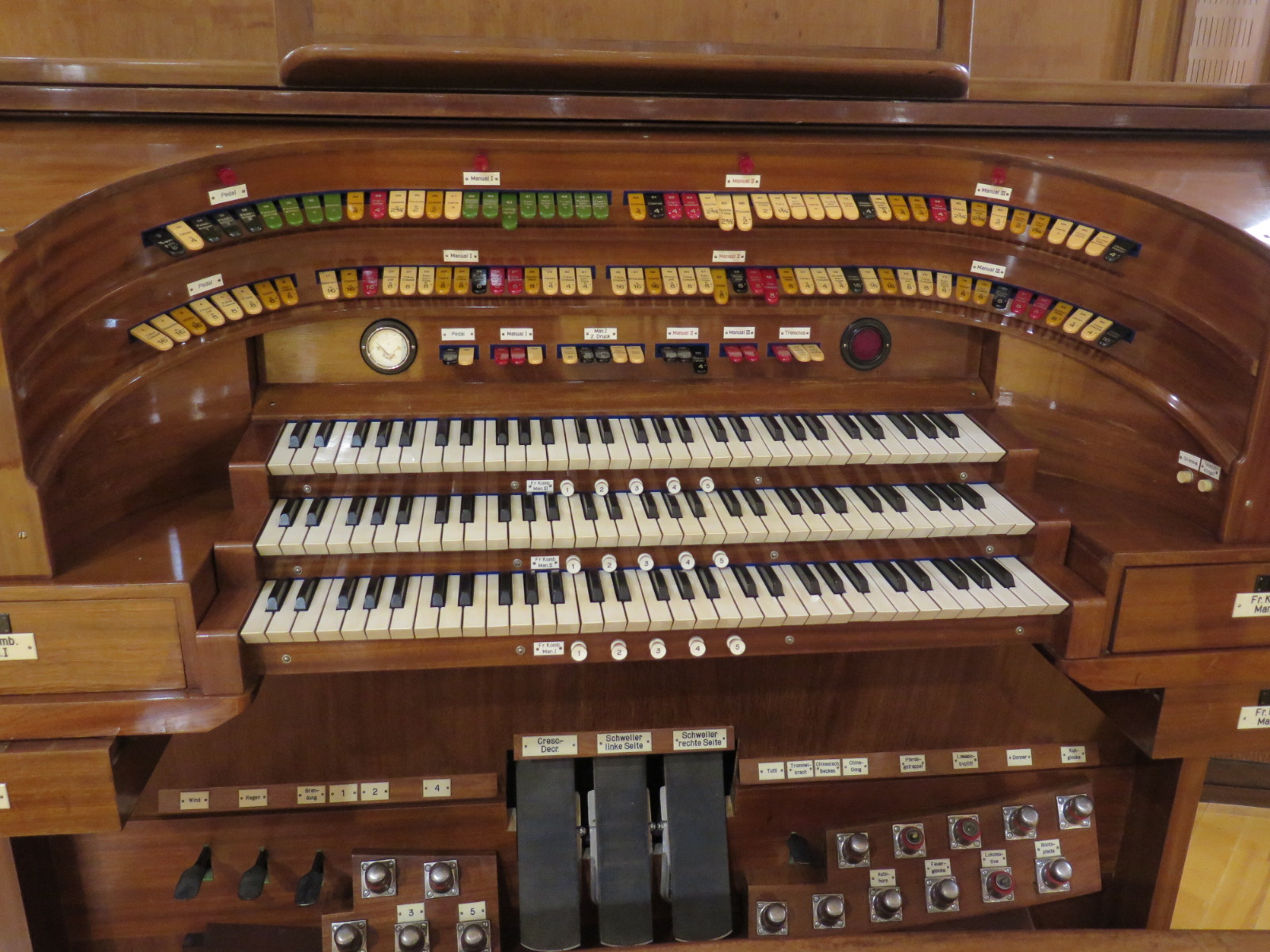
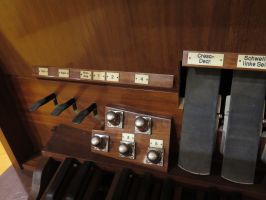
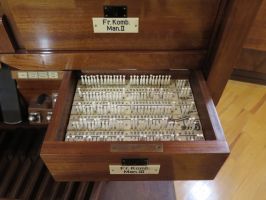
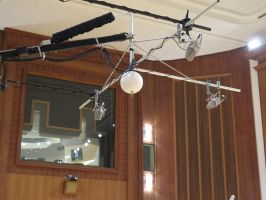

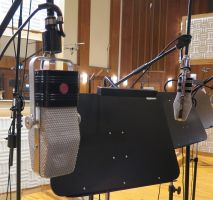
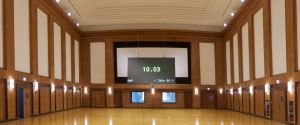
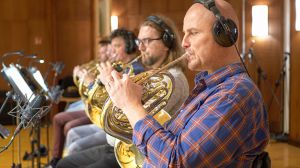
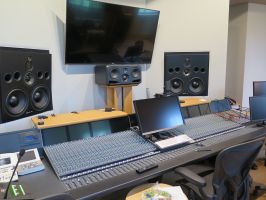
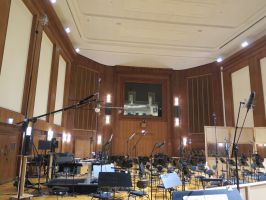
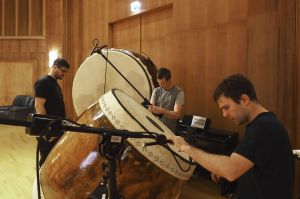

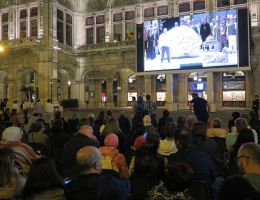

 Other Related News
Other Related News










